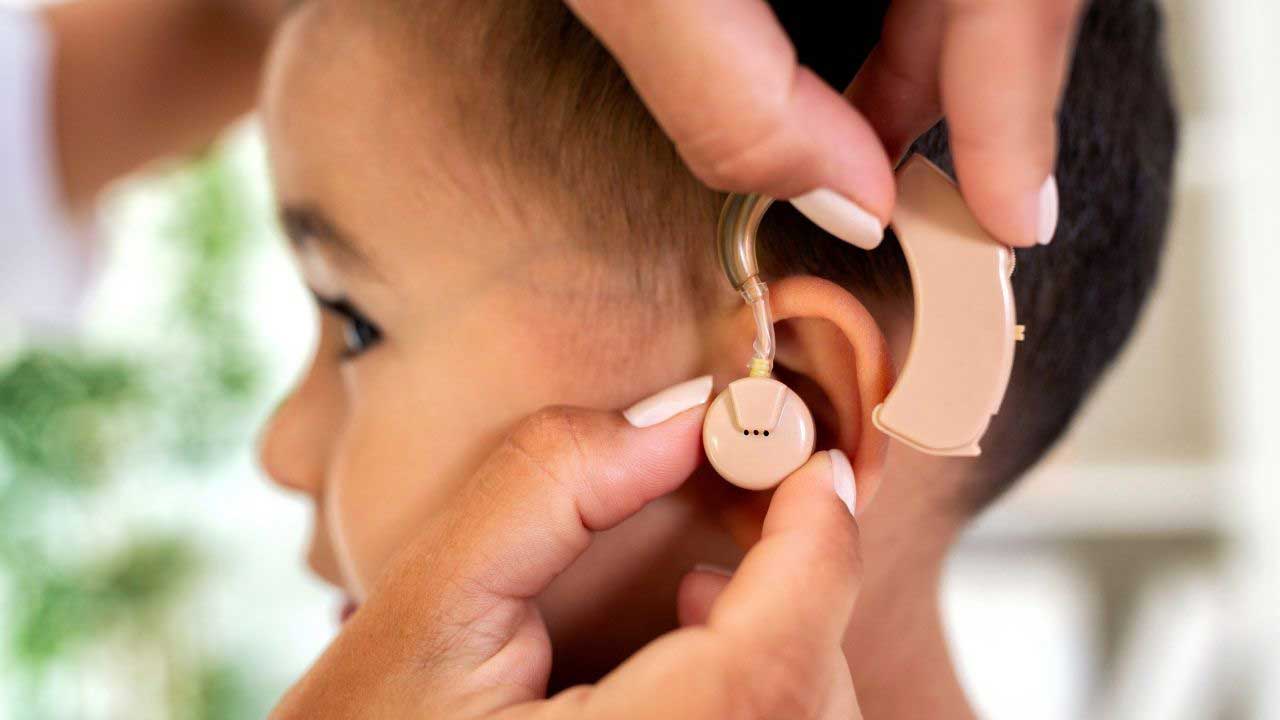Assistive Tech Changing the Game for Kids With Disabilities

Though it can feel lonely when one first receives and accepts a diagnosis, there are communities waiting to rally around and answer the many questions bound to arise. There are several traditional and new ways that parents and professionals have found to help children with genetic, neurological, developmental, and congenital disorders. And right now there is quite a bit of assistive tech changing the game for kids with disabilities.
Visual
For children with low vision, there is software available to magnify items on a screen. For kids with either low or no vision, there is also software for speech reading to read text out loud. These programs have made it possible for those with visual impairments to engage in video games with peers or to participate in schoolwork more independently.
Auditory
New technology has been brought to the hearing aid realm. Auditory aid developers have created rechargeable hearing aids to avoid having to change out batteries. Additionally, some have Bluetooth features that pair with a phone or device. Hearing care professionals can now check and adjust the aids remotely through app usage. As for the feedback of one’s own voice, new tech has created devices with OVP (own voice processing), allowing for a distinction between the wearer’s voice and external sounds.
Speech
Some communication technology helps children who are non-verbal or struggle with speech. Eye communication devices can electronically track the movement of a child’s eyes to relay his or her thoughts. Using this, a non-verbal child that may also experience mobility-related issues can communicate effectively and more independently. Advancements like these can be game-changing for individuals who experience a range of disabilities.
Physical
Some assistive technology is also rehabilitative. Horseback riding therapy (hippotherapy) has been proven to be very effective. There is now horseback riding technology available that allows the child to experience all the benefits of riding a horse—including strengthening the body, stimulating the brain, and activating the use of thousands of muscles simultaneously—without using a real horse. This innovative equipment allows you to remove independent variables such as an animal’s temperament, weather conditions, and a child’s strength levels.
With assistive tech changing the game for kids with disabilities, there has never been a better time to help these children achieve more. Consider exploring what’s available even further. When you do find something that helps these children to be more successful, be sure to share it with your community. When learning how to best help our children succeed, the more we know, the better.




